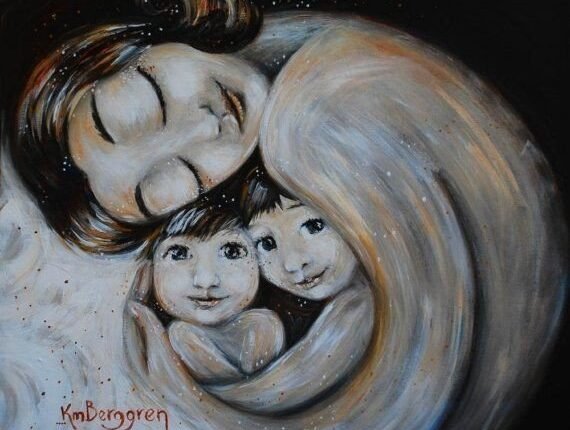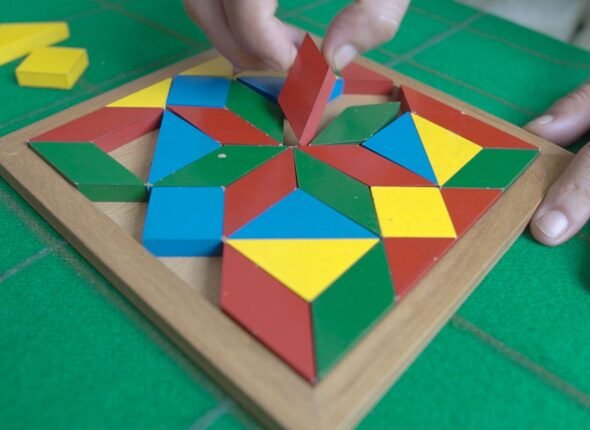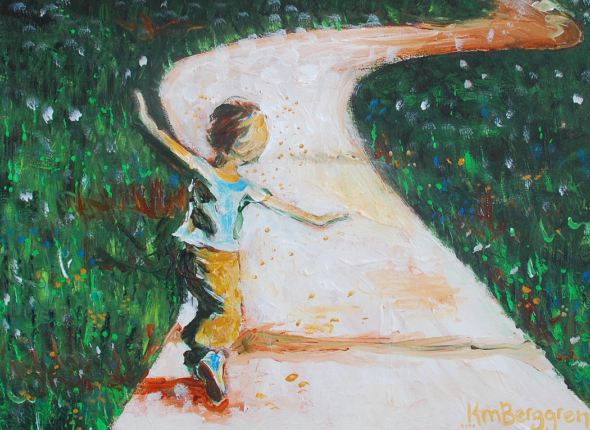Currently Empty: $0.00
Blog
DOS MUNDOS, DENTRO Y FUERA
Por: Esperanza Chacón A través de las redes tomé contacto con una amiga especial de Ecuador y aprovechando el WiFi le pregunté sobre ¿cómo le va con sus hijos en el confinamiento obligatorio en casa? Me respondió, que le va bien y,...
LA MATEMÁTICA Y EL ENCANTO DEL AUTODESCUBRIMIENTO
Por: Edgar Espinosa Se cree que la matemática es compleja y necesita de mucho estudio y esfuerzo para ser aprendida, comprendida y sobre todo usada como herramienta no sólo para el uso cotidiano, sino para entender y relacionar un universo, donde el...
APROXIMACIONES SOBRE LÍMITES, REGLAS Y ACUERDOS DE CONVIVENCIA EN LA RELACIÓN CON NIÑOS, ADOLESCENTES Y ADULTOS
PARTE 1. Por: Esperanza Chacón & Edgar Espinosa Las sociedades contemporáneas están regidas por el paradigma patriarcal, que utiliza EL PREMIO Y EL CASTIGO como herramienta para educar y, al mismo tiempo, controlar e instaurar el poder. A nivel religioso, ancestral, político...
DEVELANDO LA NATURALEZA DEL APRENDIZAJE SIGNIFICATIVO
Por: Esperanza Chacón El aprendizaje va a tono con la vida, porque el ser humano, no sólo que se adapta al cambio, sino que tiene la oportunidad de incidir en su entorno con transformaciones profundas de acuerdo a su singularidad. Al...
EL ARTE DE CORAZONAR JUNTOS
Por: Esperanza Chacón En las relaciones con otras personas, se despliega un fascinante mundo interior, teñido por una amplia gama de perspectivas, actitudes, intereses y singularidades. Aceptar esta realidad cuando nos relacionamos estrechamente con otros es una aventura que merece ser experimentada...
LIBERTAD PARA SER
Por: Esperanza Chacón “Vivir en libertad para ser sí mismos. Aceptar con mayor satisfacción el hecho de ser una identidad fluida, dinámica que está en un permanente proceso de transformación.” -Carl Rogers- Inspirados en la praxis pedagógica del Centro Experimental Pestalozzi (Ecuador)...
FORTALECIENDO EL VÍNCULO VITAL: EL PODER DEL AMOR DESDE LA INFANCIA
Por: Esperanza Chacón «A comienzos de la vida, el amor significa satisfacer necesidades primarias. En los primeros meses y años esto implica muchas caricias y mimos. El niño no le da a la palabra ‘amor’ el significado que nosotros le damos, pero...
AMAR EN LIBERTAD
Por: Esperanza Chacón En el viaje de la vida, nos encontramos constantemente con preguntas profundas y reflexiones que nos desafían a comprender el mundo que nos rodea. Después de un enriquecedor workshop, una mamá inquieta se acercó, con los ojos llenos de...
Corazonar con los instantes de luz y de sombra
Por: Esperanza Chacón El otro día Violeta estaba jugando a las cartas con su grupo de amigas, todo iba viento en popa hasta que puso sobre la mesa la carta equivocada y salió del juego. El mal-estar que le causó el hecho...













